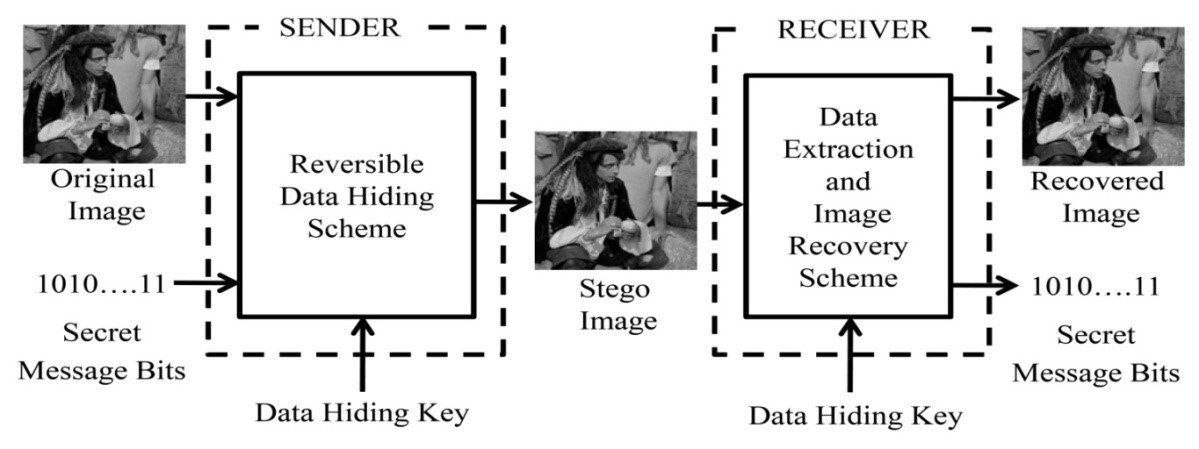K. Sree Rama Murthy, Second Year B. Tech-CSE student presented a paper at a conference in IIT-Kharagpur
 K. Sree Rama MurthySRM University-AP always inspires the students in their pursuits, be it a job of their choice or a career in research and higher studies. K. Sree Rama Murthy, a 2nd-year student of B.Tech in Computer Science and Engineering, has recently presented a research paper on “A Block-wise Histogram Shifting based Reversible Data Hiding Scheme with Overflow Handling” in the Eleventh International Conference on Computing, Communication and Networking Technologies (11th ICCCNT), held at IIT Kharagpur, India in association with IEEE Kharagpur Section, during July 1 – 3, 2020.
K. Sree Rama MurthySRM University-AP always inspires the students in their pursuits, be it a job of their choice or a career in research and higher studies. K. Sree Rama Murthy, a 2nd-year student of B.Tech in Computer Science and Engineering, has recently presented a research paper on “A Block-wise Histogram Shifting based Reversible Data Hiding Scheme with Overflow Handling” in the Eleventh International Conference on Computing, Communication and Networking Technologies (11th ICCCNT), held at IIT Kharagpur, India in association with IEEE Kharagpur Section, during July 1 – 3, 2020.
Data hiding is a process of embedding a secret message into a cover medium for secure message transmission. The reversible data hiding techniques are recently explored in the domain of data hiding in which the cover image can be recovered while extracting the hidden secret message. The overview of a reversible data hiding scheme is shown in Figure. 1.
 Figure 1. Overview of reversible data hiding
Figure 1. Overview of reversible data hiding
In this research paper, Sree Rama Murthy introduced a new reversible data hiding algorithm based on the histogram of the blocks of the cover images with an efficient overflow management technique to achieve a better embedding rate without compromising the visual quality of the stego image.
Design and development of reversible data hiding schemes are widely studied topic due to its wide scope in cloud computing and medical image transmission. This paper introduces a new reversible data hiding algorithm based on the histogram of the blocks of the cover images with an efficient overflow management technique. In the new scheme, the peak intensity value from each block is used for data hiding, and to make sure the correct recovery of the original image, the grayscale value used for data hiding from each block is embedded in the same block itself by replacing the least significant bits of eight selected pixels. The lossless recovery is ensured by embedding those least significant bits in the same block itself along with the secret message. Detailed theoretical analysis and experimental study of the scheme are carried out and discussed in this paper. The images from the standard image dataset of the University of Southern California (USC-SIPI) are used in their study.
“To be able to publish a research paper at such an early stage in a reputed conference like ICCCNT-2020 is an achievement that has acted as a cornerstone for my research aspirations. I feel highly encouraged, motivated and inspired to contribute more in the fields of research. I express my sincere gratitude to my professors, especially to Dr Manikandan V. M for providing me with the opportunity to collaborate. He put his trust on me, encouraged to do research with him and guided me with his knowledge and experience throughout the journey. I feel this is only the beginning for me, and I will try my best to accomplish more and retain more knowledge,” said Sree Rama Murthy.
Sree Rama Murthy plans to acquire a master’s degree in computer science and aspires to be a researcher who can make significant contributions in the domain of Computer Science and Engineering.

